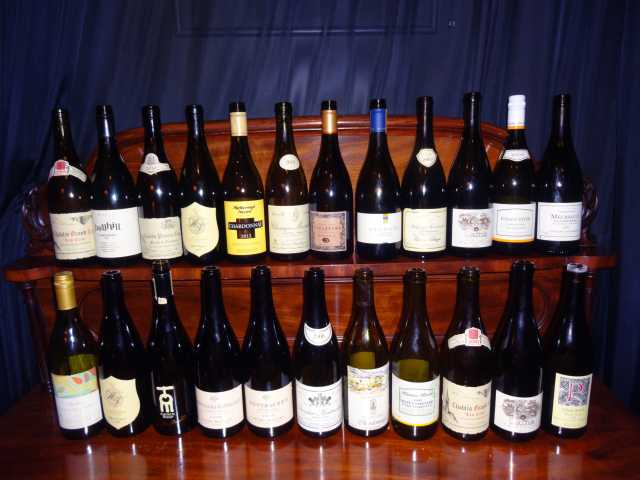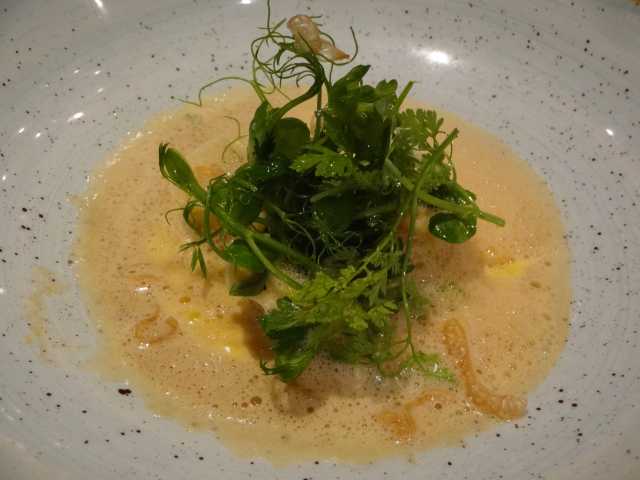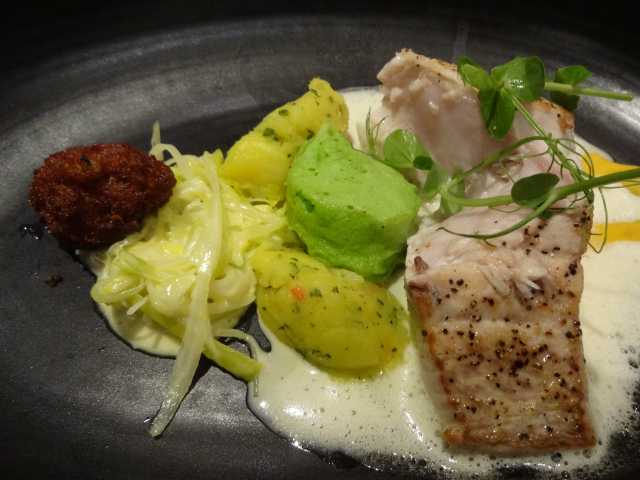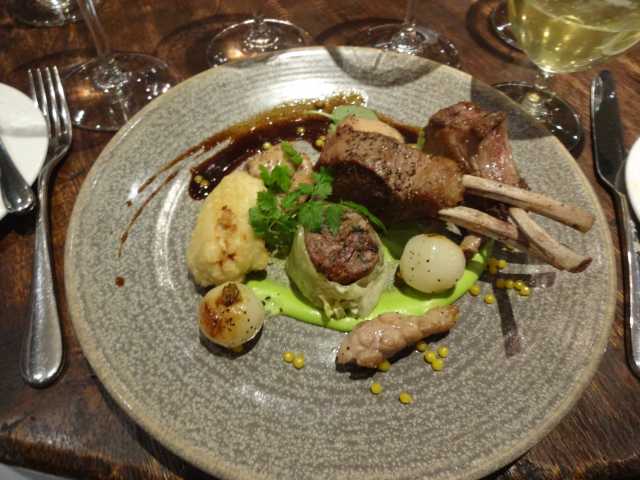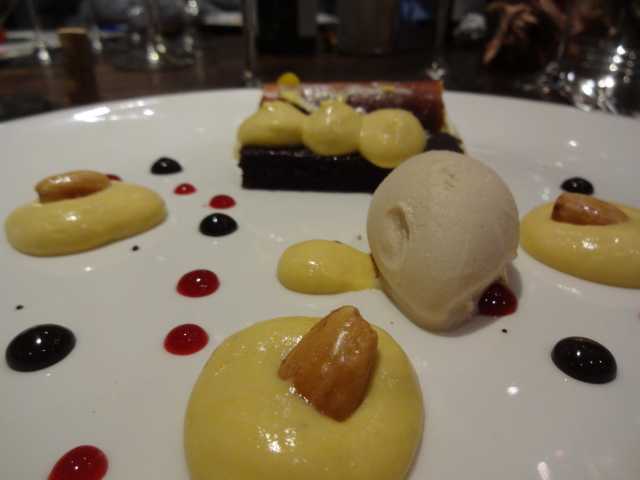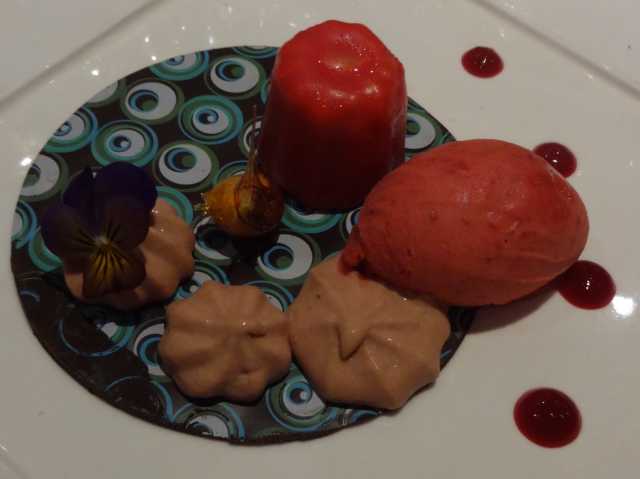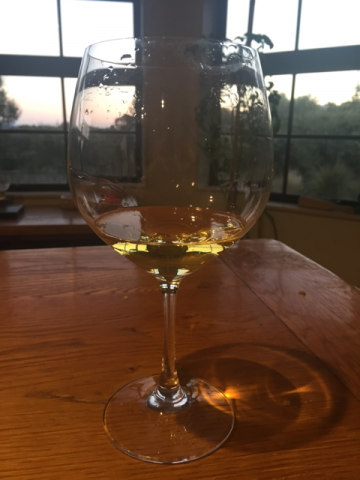Brief notes and comments from a dinner we organised to compare the “best” of Australia and NZ with benchmark French wines and a few ringers from the USA. Howard will chip in with detailed TNs no doubt, but I thought I would get the ball rolling with general discussion and impressions.
All wines were served double blind, and people voted on WOTF after each flight of three and before the reveal – except the last (flight 7) which was popped and poured with no disguise. I think the votes for favourites reflect the tasters and the conditions at least as much as the quality of the wines. It was fascinating for me (as one of the organisers) knowing what each bottle was, and watching the discussions on the wines unfold. A lesson seems to be that the French wines show better when you know what they are, or when compared with each other! For me personally, knowing what I’m drinking made several wines much more enjoyable – because I knew what I was expecting and looking for. It’s one step to understanding my own biases, label bias / anchoring, and palate preferences.
In the notes below, N : N : N gives the number of votes for WOTF for each set of three wines, non-blind organisers not participating in the voting.
Flight 1
• Dauvissat Chablis Grand Cru Les Clos 2009 (France)
• Bell Hill Chardonnay 2009 (Waipara, New Zealand)
• Raveneau Chablis 1er Cru Montee de Tonnerre 2010 (France)
0 : 6 : 3 with the Bell Hill the overwhelming favourite. It was generally recognised as New World and Kiwi – I had placed it with Chablis given some reviewers’ comments about similarities, with Raveneau in particular. 2009 was a riper season for Bell Hill, and this showed richness and fruit sweetness that was quite different from the two others. It also had lovely sulphur-compound complexity. The Dauvissat was locked up and blocky, some good minerality, bit burnished, high-solids flavours but unclear where this is going. It was the darkest wine of the flight. The Raveneau started even more closed than the Dauvissat but quickly became prettier, also showing that sulphur-compound complexity. Easily picked as a 2010 by the table, it was leaner and racier than the Bell Hill.
Flight 2
• Hyde de Villaine (HDV) Chardonnay, Hyde Vineyard 2011 (Carneros, USA)
• Martinborough Vineyards Chardonnay 2012 (Martinborough, New Zealand)
• Blain-Gagnard Chassagne Montrachet 1er Cru Caillerets 2010 (France)
1 : 6 : 2 with the Martinborough wine the strong crowd favourite. Sadly, the HDV was corked, making the creamy fresh fruit hard to appreciate. The Martinborough was a study in what New World Chardonnay should be about – just beautiful and clear fruit with a minimum of mucking about. Perhaps lacking depth and finish to be “great” or age a long time. The Chassagne was blocky, some reduction, white flowers and pears. I quite liked this but it wants more time. This started the trend of having the French wine in completely the wrong position in the flights (or indeed, in the wrong flights) because the more overt charms preceding really did little for showing good WB. The table had no trouble spotting the 2 x New World followed by Old World, though wide-ranging guesses re the Chassagne’s commune before reveal.
Flight 3
• Sacred Hill Riflemans Chardonnay 2007 (Hawkes Bay, New Zealand)
• Neudorf Moutere Chardonnay 2007 (Nelson, New Zealand)
• Sauzet Puligny Montrachet Les Referts 2007 (France)
5 : 4 : 0 to the Sacred Hill. I found it smooth and mellowing, at peak (under screwcap), very nice to drink but little complexity or energy. It was generally recognised as New World, unlike the Moutere that had the majority of the table reaching for varying levels of serious Burgundy. I thought the Moutere quite massive with loads of fruit extract, strong acidity and structure, still in need of time (also under screwcap) and a clear step up from the previous – depth, energy & structure, breadth and power. This will be great to follow and have in other blind line-ups for many years. The poor Sauzet was thought “too acidic” by the blinded, suggestions of “Pouilly Fuisse”. I feel it was textbook Referts with salt and citrus, but also lovely light fruit and floral notes, truffle and papaya.
Flight 4
• Giaconda Chardonnay 2004 (Beechworth, Australia)
• Kumeu River Coddington Chardonnay 2008 (Kumeu, New Zealand)
• Girardin Meursault 1er Cru Genevrieres 2007 (France)
1.5 : 4.5 : 3 to the Kumeu, but the flight was completely the wrong way around (i.e. should have started with the Meursault). This was placed as Perrieres or Charmes, so no surprise that it should be a Genevrieres. Lovely, with some crystalline acidity and sulphur-compound complexity. I found the Kumeu plain sour and not integrated, being in the clear minority of opinion there. The Giaconda was big and evolved – nothing like a Meursault of course – with burnt nougat and coconut a distraction for me from what would otherwise have been a lovely wine.
Flight 5
• Leeuwin Estate Art Series Chardonnay 2005 (Margaret River, Australia)
• Hyde de Villaine (HDV) Chardonnay, Hyde Vineyard 2008 (Carneros, USA)
• Church Road “Tom” Chardonnay 2010 (Hawkes Bay, New Zealand)
4 : 1 : 4 so tied between the LEAS and Tom. Sadly, this 2008 HDV was also corked, seemed richer fruited than the 2011 but I was uninclined to taste for detailed comparison. The Leeuwin was full on with stacks of fruit and structure, just starting its drinking window for me (I find the Leeuwins quite pointless and unenjoyable when young). The Tom had a few strong supporters, including thoughts of Burgundy briefly, but for me it had that young-big-wine-boringness – buttery smooth, but I want some development here. Might have very good potential (under screwcap).
Flight 6
• Henri Boillot Criots Batard Montrachet 2009 (France)
• Henri Boillot Montrachet 2009 (France)
• Domaine Leflaive Chevalier Montrachet 2006 (France)
2 : 2 : 4 for the Leflaive but people were extremely reluctant to vote and pick between these wines at all, which highlighted that generally they were all thought excellent. Interestingly, little to pick between the CBM and the M unless you were non-blind. They both had excellent young flavours, only starting to open (both decanted earlier), the CBM not easily identifiable through honeycomb etc. The Montrachet was much more distinguished on the finish for me – greater complexity, clarity and carry. Sadly, I think the Leflaive was below par and “advanced”. I had opened that afternoon to check on it – no ox or cork problems at that point (though the cork was soaked) with good high-solids and minerality. I had gently put the cork back in partway, not wanting to take a risk and seeing no reason to decant. By the time we served it at dinner it was clearly further along, richer, more tropical and quite a bit darker than the ‘09s. The table guessed its age as somewhere from the late 90s to early 00s – it was enjoyed and liked because of the evolution, but really wasn’t what I would seek from Leflaive Chevalier. Upon reveal and vintage, people were most accommodating in suggesting that “it’s just the 2006 vintage” but I would disagree, having had a couple of dozen very sound WB village and 1ers in the last year that were less evolved and not fading.
Flight 7
• Leeuwin Art Series Chardonnay 1995 (Margaret River, Australia)
• Kumeu River Mate’s Vineyard Chardonnay 2000 (Kumeu, New Zealand)
• Dauvissat Chablis Grand Cru Les Clos 2001 (France)
• Giaconda Chardonnay 2001 (Beechworth, Australia)
All served non-blind, with our thinking that we would open bottles from a broad range of “old” candidates on a pot-luck basis to go with cheese and dessert. LEAS and Kumeu were corked. Interestingly, I had opened another 1995 LEAS during the week earlier in prep for this dinner – it was not oxidised at all, still some good fruit (fading and definitely secondary now) and a lovely wine. A sort of hint of “spirity” perfume similar to some old Sauternes which others might see as a fault. The Kumeu was very oxidative, though would have been drinkable without the TCA. The Les Clos redeemed Dauvissat big time in this flight – evolved in a good way, generous fruit and lovely balance making it the favourite. There was a fair bit of discussion about the ’01 Giaconda: it was funky (in a good way) and far less tropical than the ’04, the better wine IMHO.
So overall impressions? At the end of the evening, there was no consensus on “best NZ wine” with at least four having strong support. I think it simply comes down to individual preference, and certainly the Kiwis spanned quite a broad stylistic spectrum (which was interesting). We were collectively amazed that after all-Chards-all-night we had not (yet) become thoroughly sick of that darn grape – again, testament to the breadth and variety on offer. The “best” Australian wine was the Leeuwin, though Giaconda’s style certainly has fans. There’s no right or wrong, just palate and flavour profile preferences. In my experience, the LEASs age for a very long time. Giaconda is no slouch, but with a less consistent application of its “style” can be a bit more hit and miss (like the '04). As such an individualistic and highly-worked wine, it’s probably also far better on its own than in a line up like this dinner. As for the French, there’s no competing or comparison at that very top level from the New World. If this CBM is indicative of the Boillot style and quality I would highly recommend it as an alternative to the Montrachet (three for one?) coming quite close in quality. As for that next tier down, well, they didn’t perform for the crowd, but each wine was a good representative for its origin IMHO.
